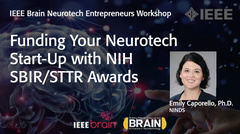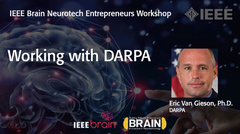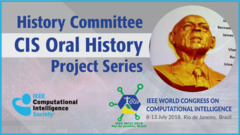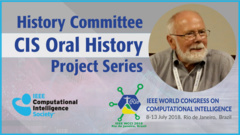
Already purchased this program?
Login to View
This video program is a part of the Premium package:
A Generalizable Framework for Domain-Specific Nonrigid Registration: Application to Cardiac Ultrasound
- IEEE MemberUS $11.00
- Society MemberUS $0.00
- IEEE Student MemberUS $11.00
- Non-IEEE MemberUS $15.00
A Generalizable Framework for Domain-Specific Nonrigid Registration: Application to Cardiac Ultrasound
Many applications of nonrigid point set registration could benefit from a domain-specific model of allowed deformations. We observe that registration methods using mixture models optimize a differentiable log-likelihood function and are thus amenable to gradient-based optimization. In theory, this allows optimization of any transformations that are expressed as arbitrarily nested differentiable functions. In practice such optimization problems are readily handled with modern machine learning tools. We demonstrate, in experiments on synthetic data generated from a model of the left cardiac ventricle, that complex nested transformations can be robustly optimized using this approach. As a realistic application, we also use the method to propagate the model through an entire cardiac ultrasound sequence. We conclude that this approach, which works with both points and oriented points, provides an easily generalizable framework in which complex, application-specific transformation models may be constructed and optimized.
Many applications of nonrigid point set registration could benefit from a domain-specific model of allowed deformations. We observe that registration methods using mixture models optimize a differentiable log-likelihood function and are thus amenable to gradient-based optimization. In theory, this allows optimization of any transformations that are expressed as arbitrarily nested differentiable functions. In practice such optimization problems are readily handled with modern machine learning tools. We demonstrate, in experiments on synthetic data generated from a model of the left cardiac ventricle, that complex nested transformations can be robustly optimized using this approach. As a realistic application, we also use the method to propagate the model through an entire cardiac ultrasound sequence. We conclude that this approach, which works with both points and oriented points, provides an easily generalizable framework in which complex, application-specific transformation models may be constructed and optimized.
 Cart
Cart Create Account
Create Account Sign In
Sign In





